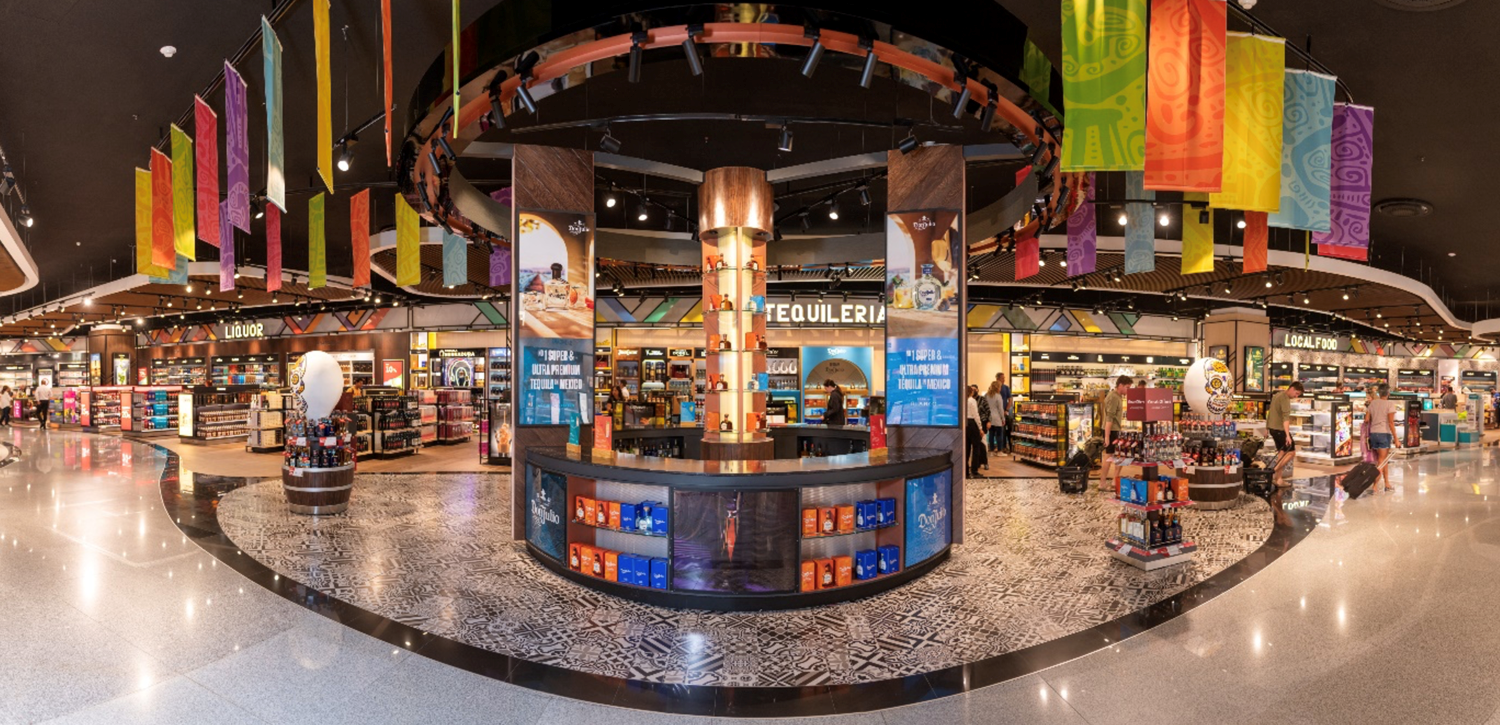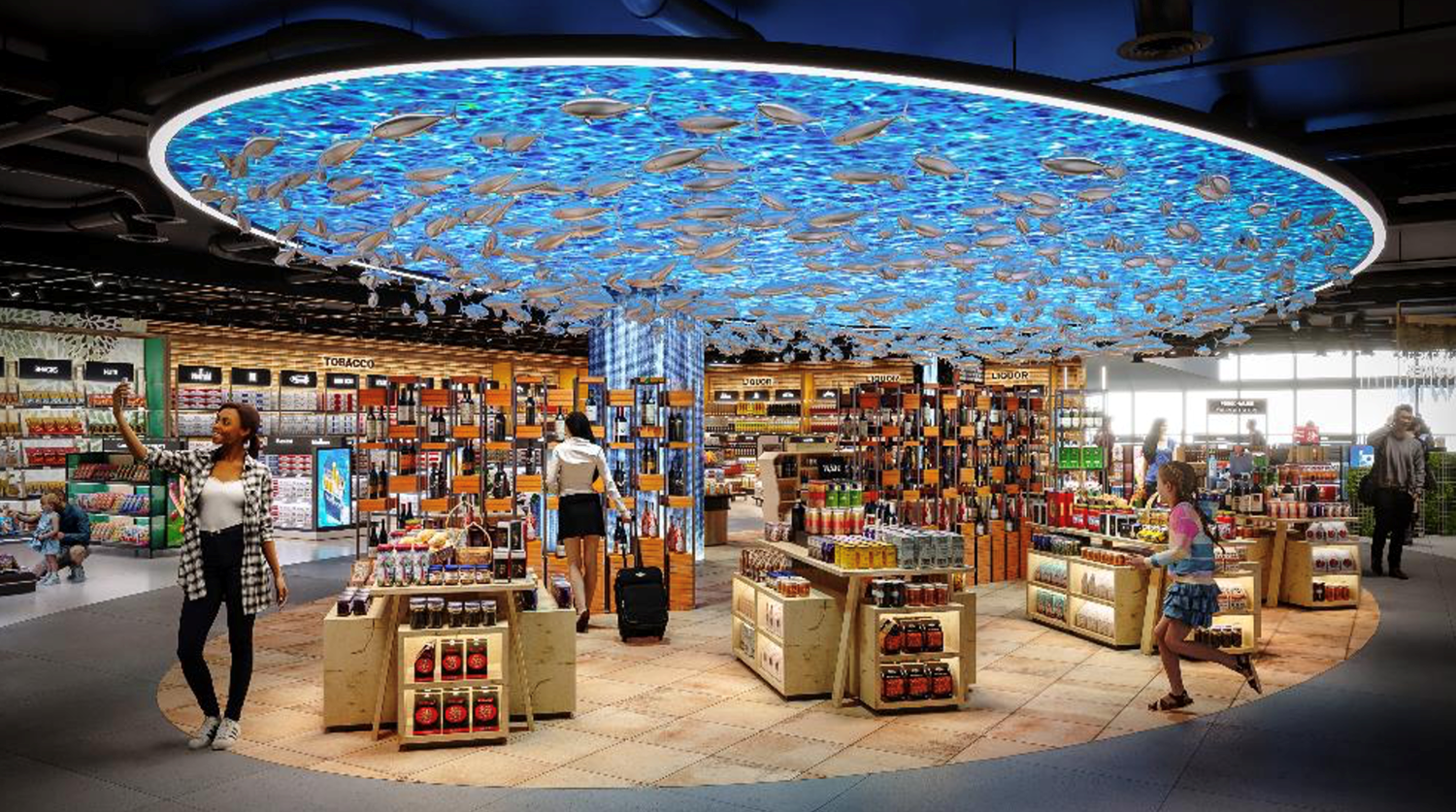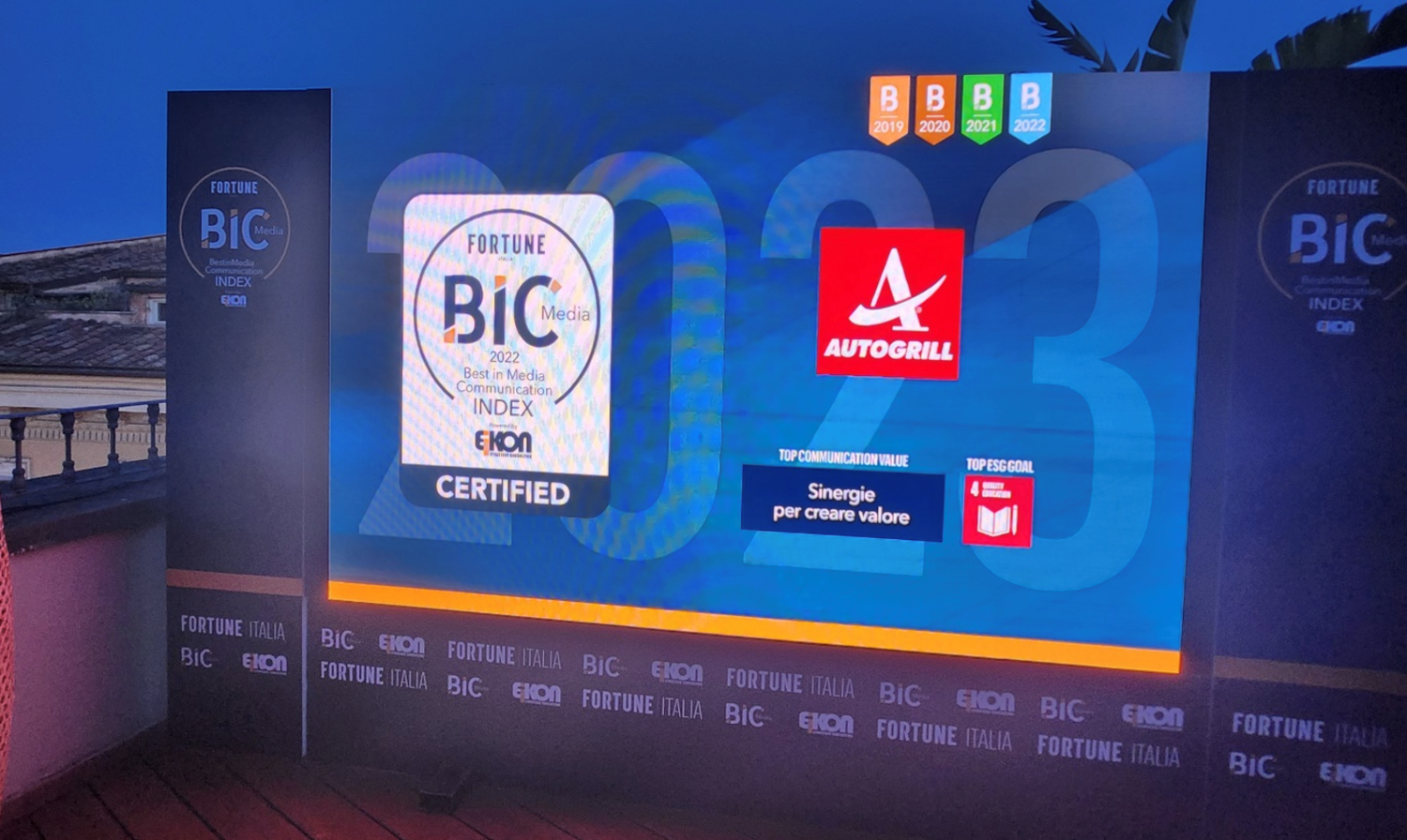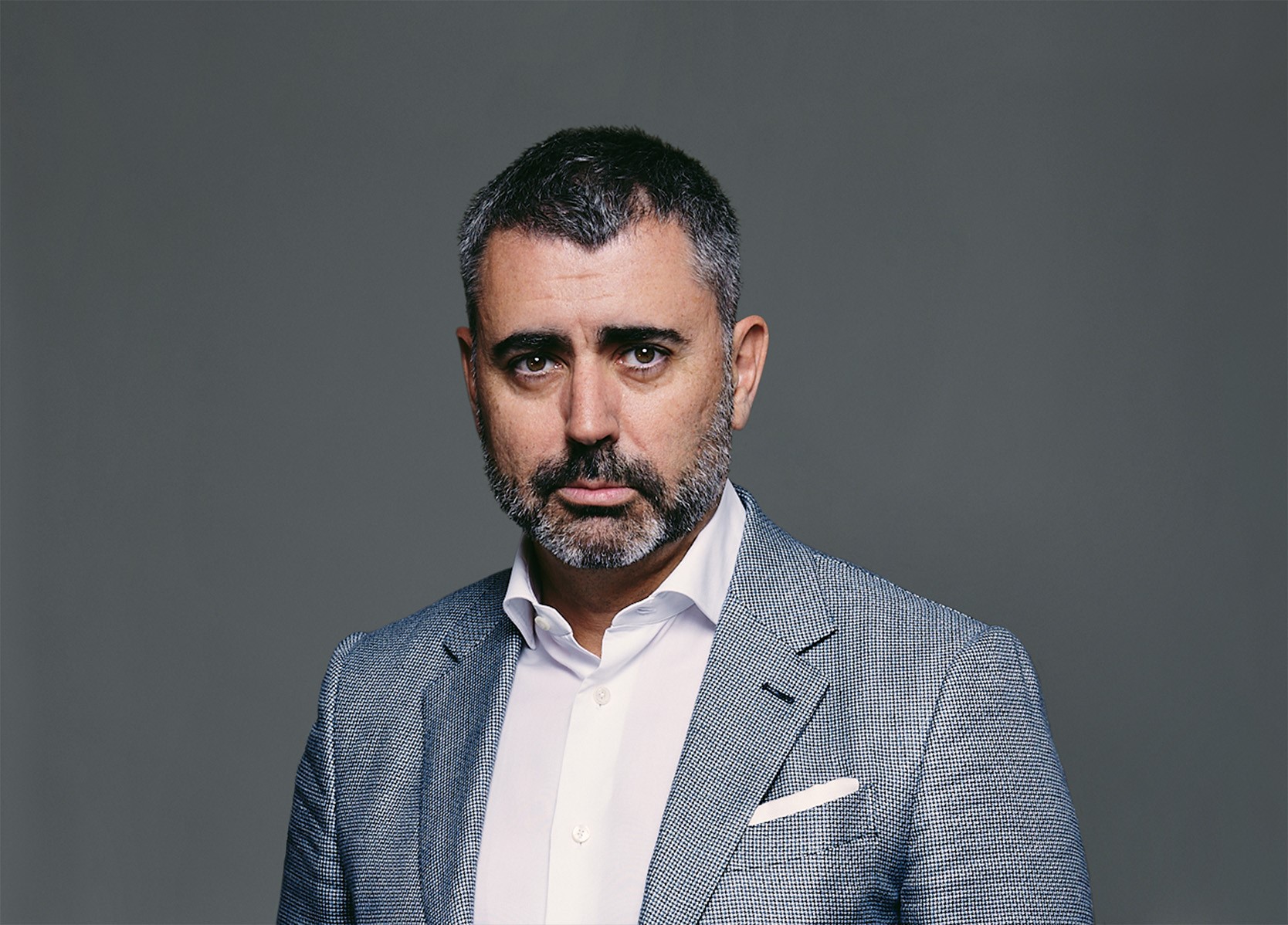Issue 42 - March 2022
Our Pledge to Fight Global Warming
Dufry continues delivering on its Environmental, Social and Global (ESG) strategy. During the first part of 2022, with the announcement of the definition of emission reduction targets based on the recommendations of the Science Based Targets initiative (SBTi), the company accomplished a major milestone of this strategy.
Establishing emission reduction targets is never an easy task. But in the case of Dufry it is a bit more complex. Due to the nature of our business – we operate spaces that are owned and managed by third parties – the ability Dufry has to influence or reduce emissions is therefore more limited and requires an extra effort to partner with third parties to achieve this goal.
Where our emissions are coming from
The first part of the exercise is understanding our emissions profile and, in this regard, there is a globally accepted and systematic approach to measure them – the Carbon Disclosure Protocol (CDP), which establishes three “origins” or “scopes” to classify emissions:
- Scope 1 emissions – include all emissions derived from activities of an organization or under their control. Including fuel combustion on site. In the case of Dufry, this is limited to the fuel used for the transportation of goods in a handful of locations and fuel or gas used for heating.
- Scope 2 emissions – are emissions from electricity purchased and used by the organization. This comes from the utility bills of our premises and from our stores.
-
Scope 3 emissions – include indirect emissions from activities of the organization, occurring from sources that they do not own or control. In the case of Dufry, this is mostly third party produced goods (meaning the products we buy from our suppliers) and logistics and business travel to a lower extent.
After intensive and comprehensive work, Dufry has managed to establish its emissions inventory and profile, thus establishing how many emissions we generate for our activity and, most importantly, where they’re coming from. The outcome shows that most of our emissions are on scope three, with emissions related to the manufacturing and delivering of the goods we sell in our stores accounting for over 80% of our global emissions.

Science Based Target initiative (SBTi)
Once the mapping of all emissions is completed, the next step is establishing a reduction target. But how many tons of CO2 emissions can we commit to take out? That´s where the Science Based Target initiatives comes in.
The SBTi is a partnership between CDP, the United Nations Global Compact, World Resources Institute (WRI) and the World Wide Fund for Nature (WWF), which shows companies how much and how quickly they need to reduce their greenhouse gas (GHG) emissions to prevent the worst effects of climate change.
Based on scientific research, SBTi helps companies establish how many tons of CO2 emissions a company has to reduce, to contribute to the collective effort to limit global warming to 1.5°C (or at least to well below 2°C) above pre-industrial levels.
After that first step of mapping emissions, Dufry established objectives for Scope 1 and 2 emissions and outlined a plan to achieve the reduction target. The Scope 3 emissions however require a different approach and action plan to be achieved.
These objectives, defined with the support of a third party, will now be submitted to SBTi for revision and approval
Our objectives and the plan
For Scope 1 and 2 emissions of its own operations, Dufry follows the SBTi’s 1.5°C pathway and aims at achieving climate neutrality by 2025. These emissions will be eliminated by implementing energy efficiency measures at different levels, by using green electricity and by compensating remaining unavoidable emissions (those that are required to have the business running) with carbon offsetting initiatives. The latter, which will be defined later this year, include a variety of options: from funding the planting of trees to financial support to build solar energy plants or windmills to generate electricity.
For Scope 3 emissions, Dufry will follow the well below the 2°C SBTi´s pathway with two separate sets of initiatives and objectives. Through supplier engagement programs, Dufry aims at ensuring that by 2027, its procurement volume will be covered by 50% through suppliers having SBTi validated emission-reduction targets. At the same time, through collaboration with its logistic partners, Dufry plans to reduce its logistics carbon footprint by 28% by 2030. The latter can be achieved through different alternatives such as selecting more environmentally effective means of transportation with our logistics partners, by our logistic partners themselves by using cleaner fuel or by compensation plans.
We will keep you posted on the specific solutions identified for Dufry.





